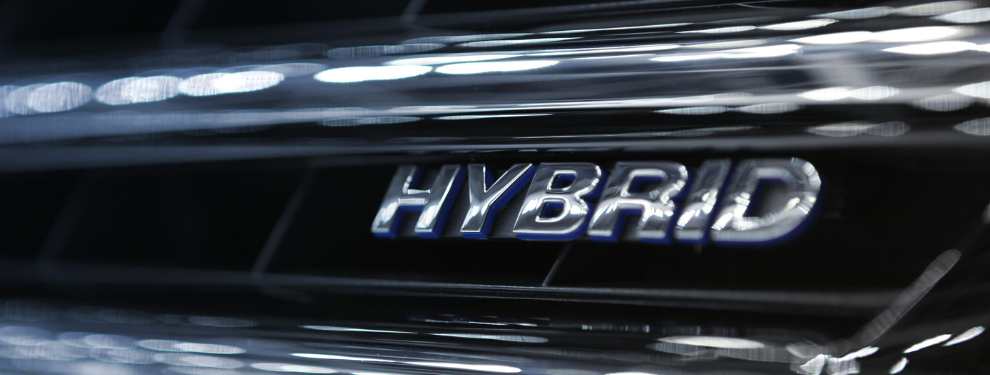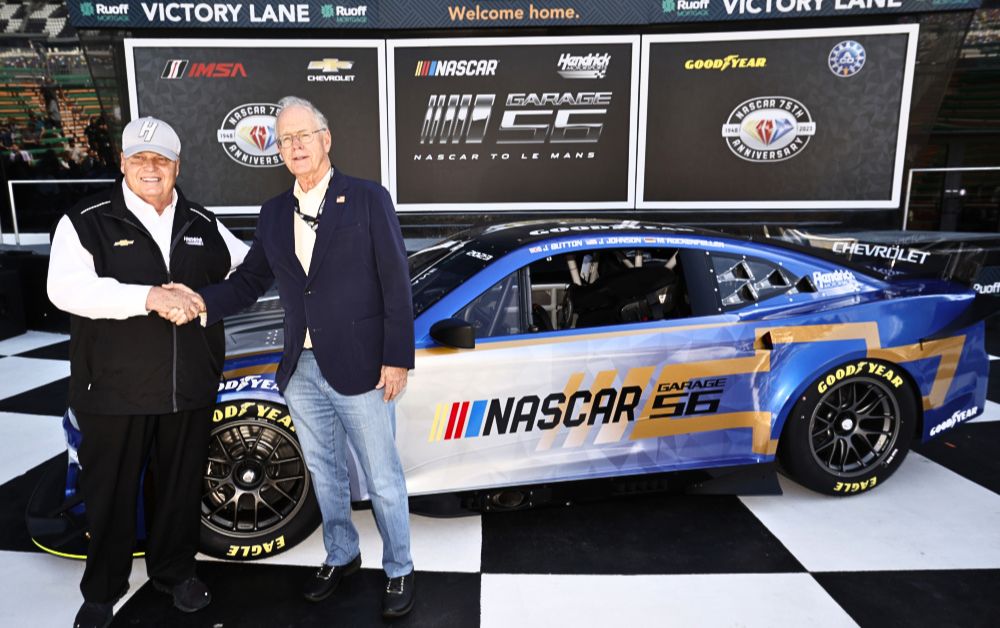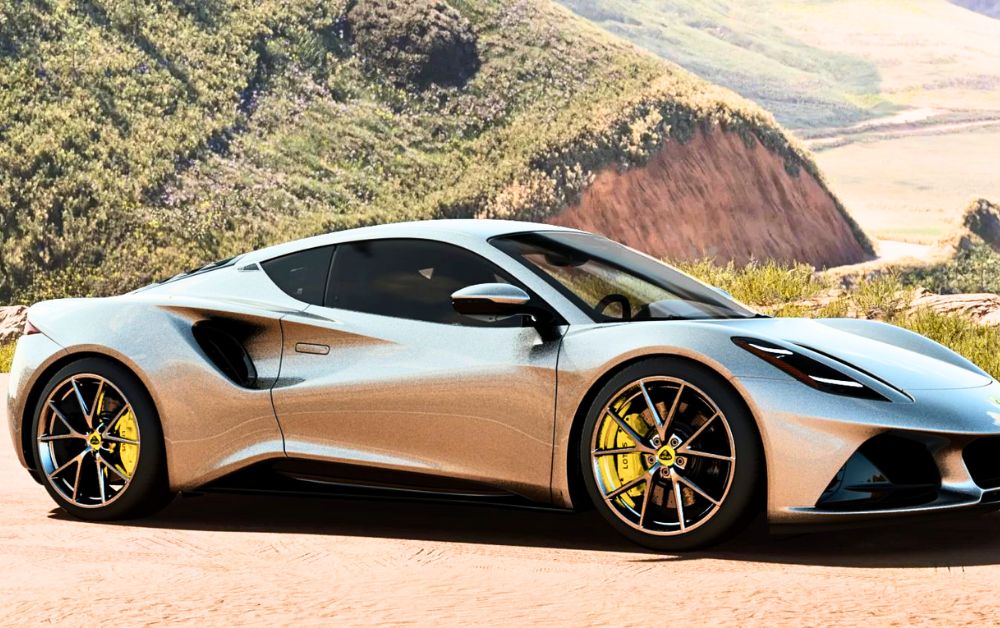Hybrid cars have become increasingly popular in recent years due to their fuel efficiency and eco-friendliness. But when did hybrid cars come out? The answer to this question is not as straightforward as one might think. In this blog post, we will explore the history of hybrid cars and discuss their evolution over time.
Early Roots of Hybrid Cars
The concept of a hybrid car has been around for over a century. The first patent for a gasoline-electric hybrid vehicle was filed in 1905 by a man named H. Piper. However, it was not until the late 1960s that the first functional hybrid car was developed.
In 1969, a team of engineers from General Motors, led by engineer John D. Stapp, developed the first functional hybrid car. The vehicle, known as the “Electrovair II,” was a modified version of a Chevrolet Corvair. The Electrovair II had an electric motor and a gas engine, and it could operate in either all-electric or hybrid mode.
The Electrovair II was not intended for mass production, but it was an important milestone in developing hybrid cars. It demonstrated that hybrid technology was viable and could be used to improve the fuel efficiency of cars.
The First Production of Hybrid Cars
The first production hybrid cars were introduced in the late 1990s. Two Japanese carmakers, Toyota and Honda, were the first to market with hybrid cars.
In 1997, Toyota introduced the Prius, the world’s first mass-produced hybrid car. The Prius was a compact sedan that combined a gasoline engine with an electric motor. It had a fuel efficiency of 52 miles per gallon, making it much more fuel-efficient than most conventional cars.
The Prius was an instant success in Japan, and it was introduced to the US market in 2000. It was initially only available in California, but it soon became available in other states as well. The Prius was a game-changer, and it helped to popularize the idea of hybrid cars.
In 1999, Honda introduced the Insight, the world’s first hybrid car to be sold in the US. The Insight was a two-seater that combined a gasoline engine with an electric motor. It had a fuel efficiency of 70 miles per gallon, making it the most fuel-efficient car on the market at the time.
The Insight was not as successful as the Prius, but it was still an important milestone in the development of hybrid cars. It demonstrated that there was a market for fuel-efficient cars and that hybrid technology was a viable way to achieve that goal.
Hybrid Cars Today
Today, hybrid cars are more popular than ever. Every major carmaker now produces hybrid cars, and there are dozens of models to choose from.
Toyota remains the leader in hybrid car sales, with the Prius still one of the most popular models. However, other carmakers have also made significant strides in the hybrid market. Honda, for example, has introduced several hybrid models, including the Accord Hybrid and the Clarity Plug-In Hybrid.
In recent years, plug-in hybrid cars have also become increasingly popular. Plug-in hybrids, as the name suggests, can be plugged into an electrical outlet to recharge their batteries. This allows them to operate in all-electric mode for a certain distance before switching to hybrid mode.
The Chevy Volt, introduced in 2010, was one of the first plug-in hybrid cars on the market. It was later replaced by the Chevy Bolt, an all-electric car. Other carmakers have also introduced plug-in hybrid models, including the Ford Fusion Energi, the BMW i3, and the Audi A3 e-tron.
All-Electric Cars
All-electric cars, also known as battery-electric vehicles (BEVs), are powered entirely by electricity. They do not have an internal combustion engine, and they rely on a battery to power an electric motor.
The first all-electric cars were developed in the early 1900s, but they were not practical for everyday use due to their limited range and long recharge times. However, advances in battery technology have made all-electric cars much more viable in recent years.
Tesla, founded in 2003, has been at the forefront of the all-electric car revolution. The company’s first car, the Tesla Roadster, was introduced in 2008. It was followed by the Model S, a luxury sedan that quickly became popular with electric car enthusiasts.
Today, Tesla produces several all-electric models, including the Model S, Model X, Model 3, and Model Y. The company has also developed a network of superchargers, which can recharge a car’s battery in as little as 30 minutes.
Other carmakers have also introduced all-electric models in recent years. The Nissan Leaf, introduced in 2010, was one of the first all-electric cars to be sold in large numbers. The Chevy Bolt, introduced in 2016, is another popular all-electric car.
The Future of Hybrid and Electric Cars
Hybrid and electric cars will likely become even more popular in the years ahead. Governments around the world are implementing regulations to reduce carbon emissions, and many are incentivizing the purchase of hybrid and electric cars.
In the United States, for example, the federal government offers tax credits of up to $7,500 for the purchase of a new electric or plug-in hybrid car. Many states also offer additional incentives, such as rebates and exemptions from sales tax.
In Europe, several countries have announced plans to ban the sale of new gasoline and diesel cars in the coming years. Norway, for example, plans to ban the sale of new gasoline and diesel cars by 2025. France and the United Kingdom have set a similar target for 2040.
Car manufacturers are also investing heavily in the development of hybrid and electric cars. In 2021, Ford announced that it would invest $30 billion in electric and hybrid cars by 2025. General Motors has set a target of making all of its cars electric by 2035.
Conclusion
Hybrid and electric cars have come a long way since the first prototypes were developed over a century ago. Today, they are more popular than ever, and they are likely to become even more prevalent in the years ahead.
The first production hybrid cars were introduced in the late 1990s, with the Toyota Prius and the Honda Insight being the first models to hit the market. Today, every major carmaker produces hybrid cars, and there are dozens of models to choose from.
All-electric cars have also become increasingly popular in recent years, with Tesla leading the way. Other carmakers have also introduced all-electric models and advances in battery technology are likely to make all-electric cars even more practical in the years ahead.
Governments around the world are implementing regulations to reduce carbon emissions, and many are incentivizing the purchase of hybrid and electric cars. Car manufacturers are also investing heavily in the development of hybrid and electric cars.
In conclusion, hybrid and electric cars have come a long way in a relatively short amount of time. They offer many benefits over conventional gasoline cars, including improved fuel efficiency and lower carbon emissions. As technology continues to advance, it is likely that hybrid and electric cars will become even more prevalent in the years ahead.





